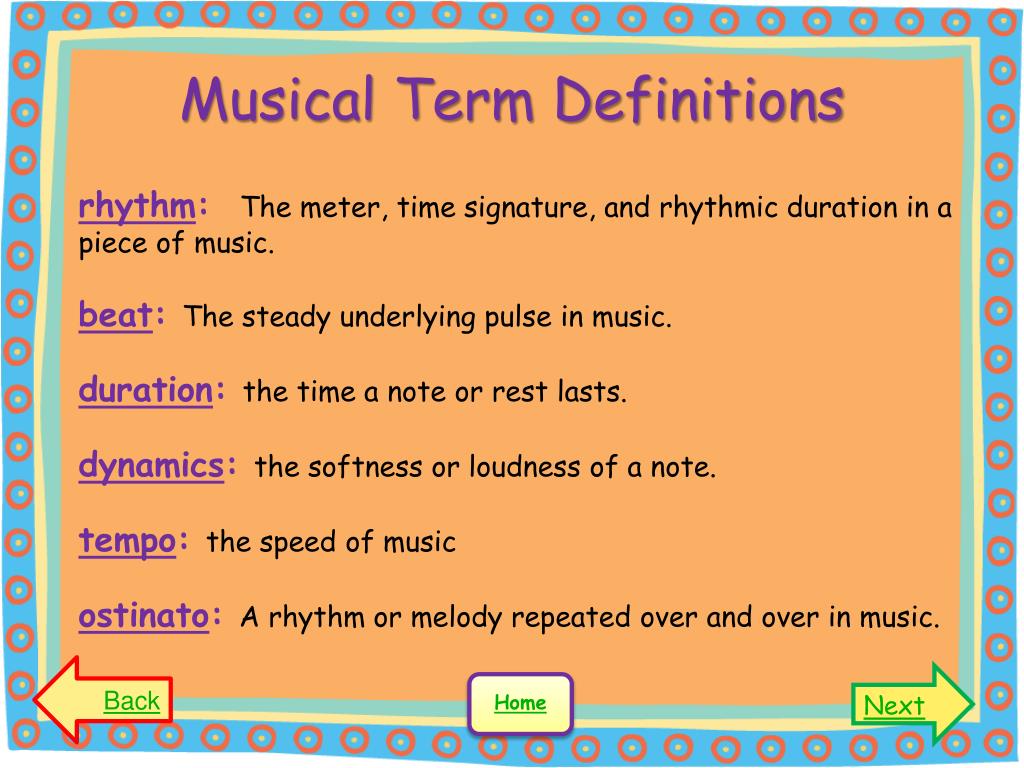

We need to know those elements and how they fit together within a piece of music. Composition of a SongĮlements of a song include things like chord progressions, scales, and other theoretical constructs. However, it’s helpful to know these conventions, so you can understand that in most cases your primary responsibility is to supplement a bass line with an acoustic guitar chord progression.


We never take the time to look under the hood of the car we’re driving.Ĭorrecting that problem means understanding the theory to allow us to identify and understand the movement on the fretboard beyond basic memorization. The problem is that we often fail to supplement those tactics with our own understanding of what we’re actually playing. In fact, memorization and simply doing what we see other people doing on the guitar are both valid methods of learning. Now, it should first be pointed out that this isn’t a bad thing. In all likelihood, this is what you’ve done as you learned the instrument: You’ve memorized patterns and repeated what you’ve seen other people doing. Typically, you can strum and chord well enough, yet have no real idea of how it all fits together. This can be one of the single biggest frustrations for those who know some guitar, but little or nothing about what they’re actually playing.
#Basic music theory word search 4 letters how to#
Section 1: How to “Know What You’re Playing” Take your time and really understand what you’re learning. I’m simply covering the aspects of music theory that are relevant to your guitar playing and songwriting. Remember, I’m not trying to make you into a theory expert. While a lot of this content fits together, I think it’s better learned in segments so you can retain as much as possible.


 0 kommentar(er)
0 kommentar(er)
